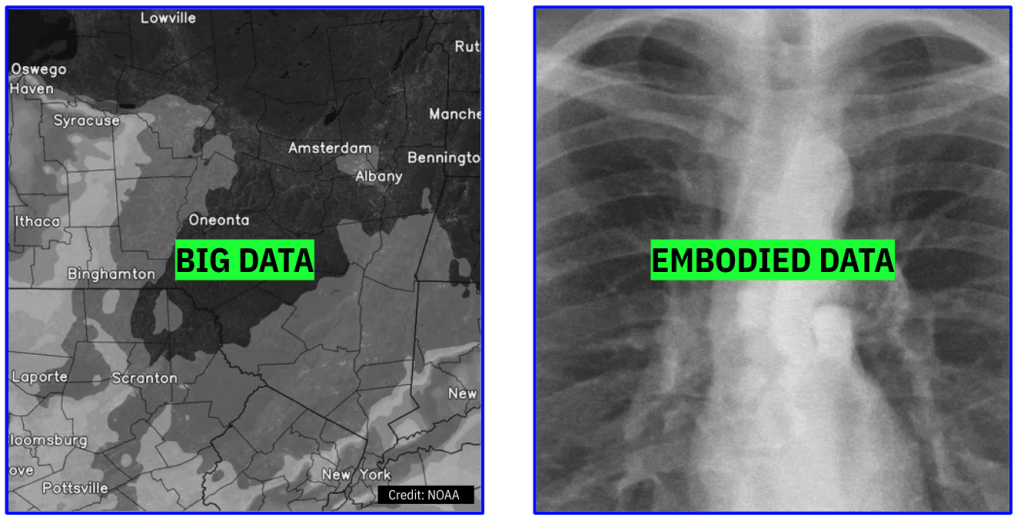
Your brief this year is not an easy one. It has you thinking about multiple scales, the dynamics of physical and social environments, and the technical learnings of a novice using electronics.
The anecdote simultaneously addresses two different scales: the local (or the one) and the global (or the many). Here, we think about how a lived experience can be measured and, through its intentionality, serve as a platform for revealing more about the environment. At the same time, we think about how this lived experience may differ as a result of, or contribute to, the larger questions of equity and justice throughout the urban landscape. Your projects should think about these interrelated challenges within “a pilot experiment” of comparison across two spatiotemporal sites.
This is an invitation to think about ways of enumerating the environment in non-traditional ways. Most of the sensors you’ll be using are pretty basic–they measure in the binary (1/0) or in a coarse analog spectrum (0-255). Yet, even those dynamics can tell you a lot–think about frequency, repetition, outliers, differences… For instance, it’s easy to tune out music (steady, repetitious), but sharp differences in pitch and volume may aggravate us. If you choose to use computer vision, for instance, you may wish to consider other aspects of measurement–such as the types of sitting rather than whether one sits or not.
Sites
In thinking about issues of spatial and environmental difference–if not justice–the brief this year will have you compare two sites or two phenomena across space. The comparison sites should be comparable–apples to apples–such as the north and southern end of Riverside Park, Broadway in Washington Heights versus in the Upper West Side, a pre-war apartment with a gas stove and a pre-war apartment with an electric stove, Avery Plaza in times of rest versus studio finals, etc. The brief encourages you to think about a lived, personal experience, so you are encouraged to think about how lived experiences may vary across space and time. This may include how you experience space or how you enumerate phenomena in the spaces of choice.
Remember, however, you must stay with your equipment, lest you risk them disappearing, so your project should only be in spaces in which you have permissible access. Remember the limited range of observation–be it the field of view or the range of the sensor. This may dictate whether you seek to move through a space, create multiple sensors, or do multiple runs. Any sensing that may be considered “sensitive,” such as facial recognition or risks of being personally identifiable, must be done within the Columbia campus, although there are three to choose from!